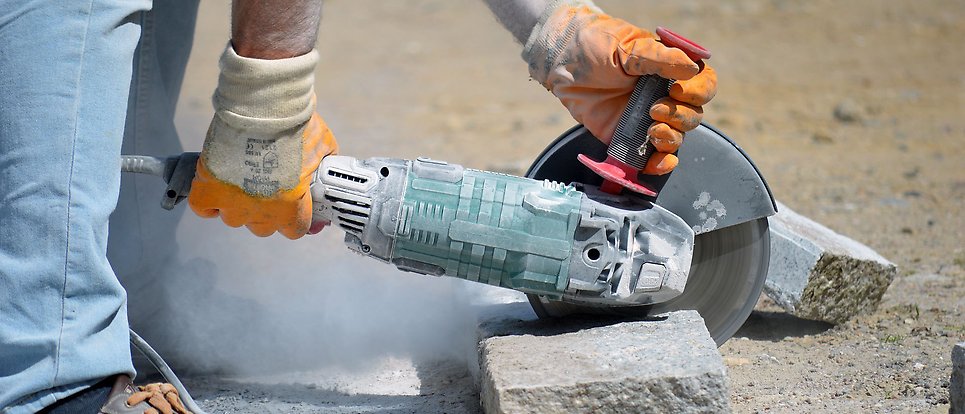Receiving occupational injury claim for a vibration injury – what happens next?

Hand-arm vibration syndrome (HAVS) is one of the most commonly reported occupational injuries in Sweden today, and the consequences for individuals affected often entail prolonged suffering and can also lead to financial loss due to altered work opportunities. Increased knowledge about long-term prognosis in vibration injuries and new insights into the extent to which workplaces engage in preventive measures to reduce risks associated with vibration exposure are therefore of great interest. The project is conducted as a survey aimed at individuals with approved work-related injuries due to exposure to vibrating tools, utilizing Afa Insurance's occupational injury statistics. The project is expected to enhance understanding of long-term symptoms, disabilities, continued exposure in the workplace, and perceived quality of life among individuals affected by vibration injuries in hands and arms.
Details
- Funder: Afa Insurance
Project description
Exposure to vibrating machinery and tools is exceedingly common in various professions, such as construction and road workers, manufacturing industries, and mechanical workshops. Previous research indicates that a significant proportion of those employed in these sectors who use vibrating tools experience symptoms in their hands, wrists, and arms. For individuals, vibration-induced injuries can lead to persistent problems such as white finger syndrome, reduced sensation, numbness, weakened hand strength, and chronic pain and discomfort. Prior studies have shown that targeted risk assessments and occupational medical screenings are not conducted as frequently as they should be. According to a 2023 report by Afa Insurance, vibration injuries account for approximately 30% of all approved occupational diseases, making it the most common occupational disease among men and the sixth most common among women. The same report suggests that assuming most cases of carpal tunnel syndrome are caused by vibrations would imply that vibrations are responsible for more than half of all approved occupational diseases among men. Despite this, it is not uncommon for individuals to continue working in the same profession with ongoing exposure even after having an occupational disease recognized and approved.
The project is being carried out as a survey study targeted at individuals who have had an occupational injury claim approved due to exposure to vibrating tools, using Afa Insurance's workplace injury statistics. Through the registry, it is possible to identify individuals who had their claims approved due to vibrating tool exposure between 2012 and 2022. These individuals will receive a survey addressing issues such as workplace environmental measures, undergone medical screenings, employment post-approval of the occupational disease, current employment status, any changes in exposure, persistent symptoms, functional impairments, and quality of life.
The project aims to enhance understanding of the long-term symptoms, functional disabilities, continued exposure at work, and perceived quality of life among individuals affected by vibration injuries in the hands and arms. Furthermore, the project is expected to increase knowledge about the extent to which workplace measures to reduce exposure are implemented at workplaces employing individuals with confirmed vibration injuries.
